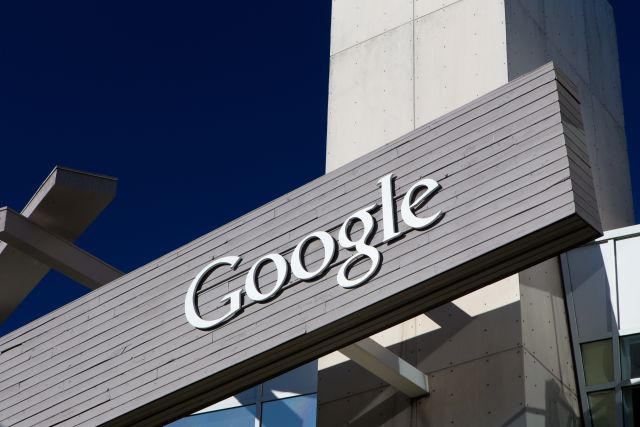Can You Trust Google’s Project Fi?
The price is right for Google’s bargain cellular service called Project Fi – the question is can you trust it? How secure is it?
First the price: $20 monthly buys you unlimited domestic talk and text, unlimited international text, low cost international calling (2 cents/minute to call an Australian landline from the US), low cost calling when abroad (20 cents per minute over cellular, cheaper via Wi-Fi), and coverage in 120+ countries.
Data is priced at $10 per gigabyte and the kicker is that you are refunded for what you don’t use. Pay for three gigs and use only a gig and a half and, promised Google, you are refunded $15 on the spot.
That offer dramatically beats what Verizon, AT&T, and Sprint offer their US customers. If it sounds a lot like T-Mobile’s Simple Choice plan (plus the refund for unused data), you are right.
Project Fi piggybacks on the T-Mobile and Sprint networks – both have plenty of excess capacity – and Project Fi’s international access in particular seems to be a straight T-Mobile shot. (Note: Deutsche Telekom, a giant in European telephony, solely owns T-Mobile. Certainly in Europe, it is easy-peasy for Deutsche Telekom to let T-Mo customers ride its rails at little cost.)
Internationally, too, Project Fi data moves at a pokey 2G speed. That’s plenty good enough for email, GPS, and casual web surfing, but forget streaming videos.
For now, Project Fi is available only in the US, only by invitation. This writer put his name in the hat the day it was announced and, about a month later, got an invite.
Nobody knows how Google allocates invites but a common guess is that they are first targeting addresses known to be in areas well serviced by Sprint and T-Mobile, both of which have large black holes of no service in much of the American interior.
Will Project Fi be made available to consumers based outside the US? That’s another unknown. Google has made no move to roll it out elsewhere – but it has taken Apple seven months to get ready to introduce Apple Pay outside the US (in Apple’s case, that is the UK). Either way, Google likely won’t be rushed and there is no knowing what it will decide to do.
Also know, if you do get an invite, Project Fi presently works only on the Nexus 6 phone from Motorola, $499 at the Google Store. The phone, in this writer’s limited testing, is at least as good as the top selling Android Samsung Galaxy S5 – but if a consumer does not want a new phone, that’s a stumbling block. (Note: tech heads are buzzing that in fact Project Fi can be made to work on Nexus 5, an older Google phone. This writer has no first-hand proof.)
So the money questions are: Does it work? Can you trust it?
A key to keeping Project Fi prices down is that, wherever possible, the system latches onto a Wi-Fi network, over which it directs both data exchanges and voice calls. The system also has a built in intelligence that is designed to switch a user – with no dropped calls – from wireless to cellular as required.
Start a call on your home or office Wi-Fi, walk outside and lose the Wi-Fi, and without dropping the call, Project Fi is designed to hand your call off to whichever of two (Sprint and T-Mo) LTE networks is stronger in that spot.
However, it will also latch onto public Wi-Fi where available and route its traffic over that channel.
Is it safe? Does it work?
There is no reason why the Project Fi network should not work well. Republic Wireless has been doing similar – it toggles between Wi-Fi and Sprint – for several years and it has won generally favorable write-ups.
Which brings us to the real question: Are your voice calls and data safe traveling across public Wi-Fi networks? Google anticipated that question and here is its answer: “Your data is secured through encryption when we connect you to open Wi-Fi hotspots. It’s like your data has a private tunnel to drive through.”
That is acknowledging that many public Wi-Fi networks are charitably described as porous. Hotels, coffee shops, airports, all have thick histories of public Wi-Fi network attacks. The encryption is Google’s effort to dodge that bullet.
One security expert wondered if a determined, malicious hacker with time on his hands would soon find a way to crack the encryption.
But that is speculation. So far there are no known crackings of Project Fi streams – and that says the service is secure. At least up to a point.
But word of advice: Project Fi users need to monitor news about security breaches on the network and, as soon as there is one, be ready to hang it up. That’s what this writer plans to do.



No Comment